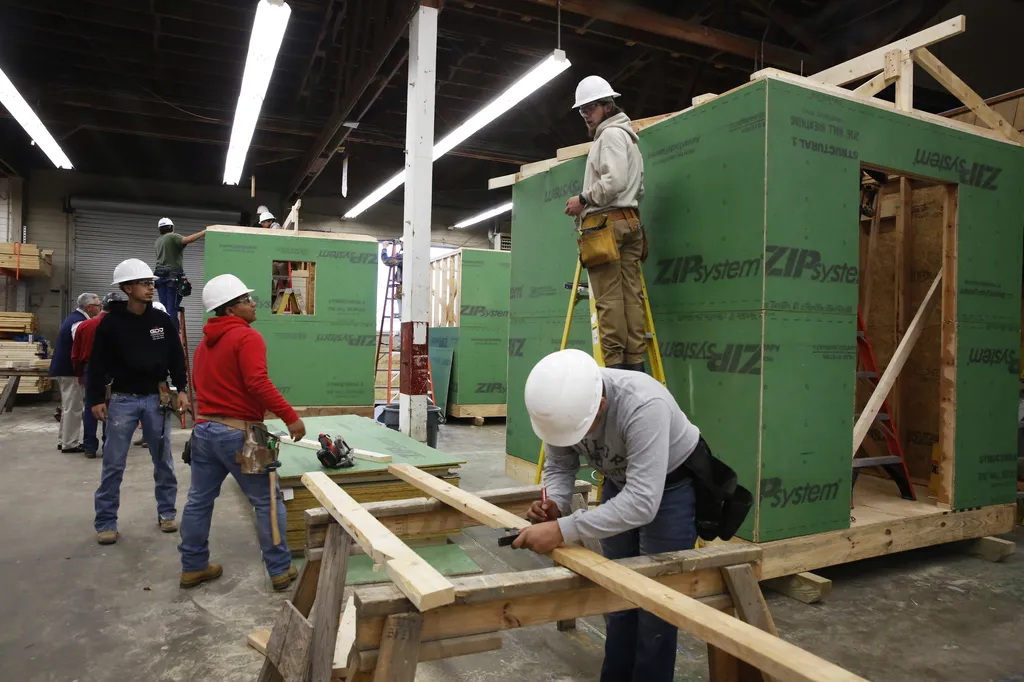The construction industry is at a crossroads, where the demand for skilled labor intersects with the urgent need for historic preservation and sustainable practices. This intersection is vividly illustrated by a new initiative at Historic Jefferson College (HJC) in Natchez, Mississippi, where students are receiving hands-on training in historic preservation and archaeology. This program is not just about restoring buildings; it’s about revitalizing a workforce and redefining the future of construction.
The training at HJC is a beacon of hope for addressing the critical labor shortages plaguing the construction sector. By engaging students in preservation trades, the program is establishing a collaborative model for workforce development. This model is not just about filling immediate job vacancies; it’s about creating a sustainable pipeline of skilled workers who can meet the growing demand for sustainable and historically sensitive construction practices.
The initiative at HJC is a testament to the enduring value of skilled trades. As we reflect on the importance of America’s essential economy, it’s clear that the hands-on work of skilled tradespeople is the backbone of our nation’s infrastructure. Fifty years ago, trades programs were the gateway to middle-class living for millions of Americans. However, over the decades, the pursuit of a four-year degree became the norm, leading to a decline in interest in hands-on fields and a waning of the trained workforce.
But the tide is turning. The project at Historic Jefferson College is an important addition to our workforce development efforts, and one that we’re happy to welcome to Natchez. As one local leader noted, “This project at Historic Jefferson College is an important addition to our workforce development, and one we’re happy to welcome to Natchez.” This sentiment underscores the broader recognition that the skills of skilled craftsmen are not just part of our history but are also the platform for a new life and new earning opportunities for the next generation of workers.
The HJC initiative is also a model for how the construction industry can integrate sustainability and historic preservation into its workforce development strategies. By training students in preservation trades, the program is fostering a deeper appreciation for the craftsmanship and techniques that have stood the test of time. This approach not only preserves our architectural heritage but also ensures that the skills required to maintain and restore historic structures are passed down to future generations.
Moreover, the program’s interdisciplinary approach, which includes architecture, building arts, and history, reflects a holistic understanding of the construction industry’s evolving needs. As the demand for green buildings and sustainable practices grows, the ability to blend traditional craftsmanship with modern sustainability principles will be crucial. The HJC initiative is a step in this direction, demonstrating how historic preservation can be a catalyst for innovation in the construction sector.
The construction industry is ripe for transformation, and initiatives like the one at HJC are leading the way. By investing in the next generation of skilled tradespeople, the industry can address labor shortages, preserve our architectural heritage, and pave the way for a more sustainable future. The hands-on training provided by the HJC program is not just about building structures; it’s about building a workforce that is equipped to meet the challenges and opportunities of the 21st century. As we look to the future, the lessons learned from this initiative will be invaluable in shaping the construction industry’s path forward.

